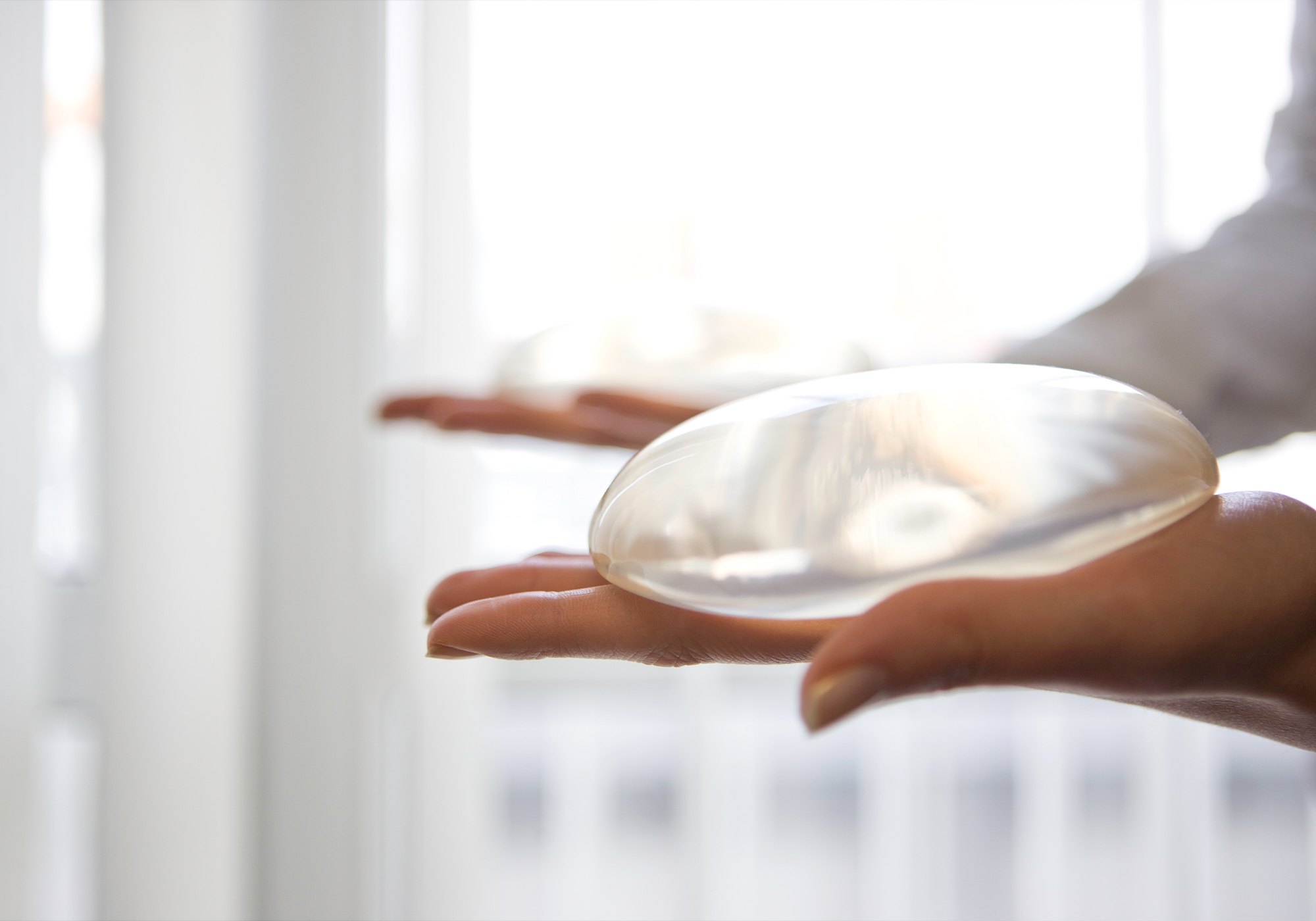Breast augmentation has made incredible strides in recent years, moving beyond a one-size-fits-all approach. Today, surgeons are focusing on creating results that feel natural and suit the patient’s unique anatomy. We spoke with The Aesthetic Society President, Dr. Kiya Movassaghi, to explore five key ways breast surgery has evolved in recent years. These advancements not only improve outcomes but also give patients more personalized and lasting results.
1. Shaping Over Size
The days of “bigger is better” are over. Instead of solely increasing volume, modern breast augmentation is all about enhancing the breast’s natural shape. “The process starts with the patient’s input on what outcome she is looking to achieve,” says Dr. Movassaghi. “Patients often want to regain a youthful, natural look without necessarily increasing their size.” This shift toward shaping allows surgeons to deliver results that complement each patient’s body type while maintaining a harmonious, natural appearance.
Many women want to restore fullness lost over time or correct sagging, rather than just add volume. For these patients, techniques like breast lifts can provide the desired outcome without implants, offering a perkier look by repositioning their natural tissue.
2. Precision in Proportion and Symmetry
Achieving balance and proportion is critical in breast surgery today. It’s not just about enhancing the breasts but making sure they fit the patient’s overall physique. “The art of successful breast surgery relies on a true appreciation of the patient’s unique anatomy,” explains the surgeon.
Surgeons now consider factors like the breast’s footprint (its position on the chest), asymmetry and how the breast relates to the torso’s size and shape. “It’s all about matching the breast’s height and width to the patient’s anatomy while working with the quality of the remaining tissue and its supportive structures like skin, ligaments and fascia,” he adds. This approach ensures that the final result appears balanced and natural, fitting seamlessly with the rest of the body.
3. Advanced Techniques for a Natural Look
Creating a natural appearance is a priority for most breast surgery patients today and advanced techniques help make that possible. One of these is what Dr. Movassaghi calls “bioengineering the breast” with a technique called auto-augmentation, a method that lifts and reshapes the breast using the patient’s own tissue. “For women who want a youthful, fuller upper pole but don’t want implants, we use their tissue to give them that perkier look,” he explains.
Fat grafting has also gained popularity as a way to achieve subtle volume increases without the need for implants. By using fat from other parts of the body, surgeons can create smooth contours that feel and look natural. An added bonus? Patients get the benefit of body contouring in areas like the abdomen or thighs where the fat is harvested.
Another innovation is the use of dissolvable mesh, or an “internal bra,” to support the breast. “Supporting the lower pole of the breast with dissolvable mesh strengthens the breast’s infrastructure, reducing the likelihood of future sagging,” says Dr. Movassaghi. These techniques combine the best of both surgical precision and natural enhancement.
4. Customizing Implants to Fit the Patient
For patients who do want implants, the options have expanded beyond just choosing a size. Surgeons now have a variety of implant types to select from, with differing shapes, cohesivity and textures to match the patient’s body and aesthetic goals. “Implants with the same volume can have different dimensions and gel cohesivity,” Dr. Movassaghi explains. “This allows for a truly customized approach that fits the patient’s unique anatomy.”
Implant placement has also evolved. While placing implants under the muscle was once the norm, he prefers placing implants in front of the muscle (subfascial placement) for many patients. “This technique results in fewer complications, faster recovery and no loss of muscle function,” he says. For those with thinner breast tissue, fat grafting can be used around the implant to ensure a softer, more natural look.
5. Faster Recovery and Long-Term Care
Thanks to advances in technique, recovery from breast surgery is now faster and less intense. “Most patients are back to work within days, especially with the subfascial implant placement,” notes the surgeon. For more strenuous activities, patients can usually return after about six weeks.
However, long-term care is essential to maintaining results. Gravity and the natural aging process can still affect the breasts over time, so Dr. Movassaghi advises wearing a supportive bra regularly. “Gravity, the weight of the implant and aging all work against the result,” he says. Wearing a bra both day and night can help prolong the lift and shape of the breasts for years to come.
Additionally, it is important for women to establish a long-term relationship with their plastic surgeon to ensure the health of their breast implants. In fact, the FDA recommends regular surveillance of breast implants with an ultrasound or MRI every two years, starting six years after surgery.
To receive more information about breast surgery or find a board-certified aesthetic plastic surgeon near you, visit The Aesthetic Society’s website at theaestheticsociety.org

















